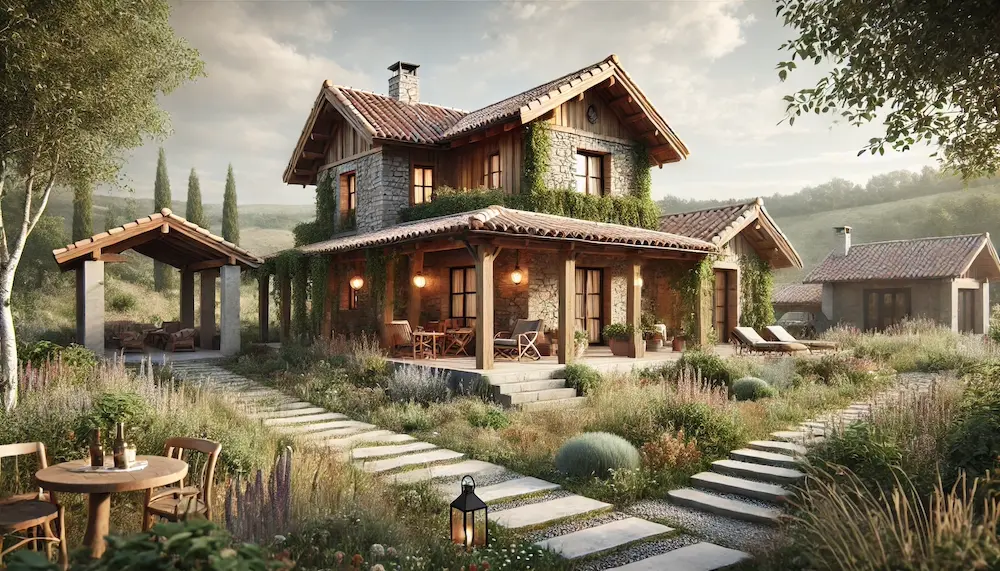Rustic villas exude a timeless charm, blending natural materials and traditional craftsmanship to create warm, inviting living spaces that harmonize with their surroundings. This article explores the essence of rustic villas, their historical development, defining features, applications, and key considerations for prospective homeowners.
Introduction to Rustic Villas
A rustic villa embodies simplicity and a connection to nature, often drawing inspiration from rural architecture. These residences utilize organic materials like wood and stone, emphasizing handcrafted elements and a cozy ambiance that reflects the beauty of the natural environment.
History and Origins of Rustic Villas
The origins of rustic architecture can be traced back to early human settlements, where builders used locally sourced materials to construct functional shelters. In the late 19th and early 20th centuries, there was a resurgence of interest in rustic design, particularly in the United States, where the Adirondack region of New York became synonymous with rustic camps and lodges.
This movement emphasized a return to nature and simplicity, countering the industrialization of the era.
Key Features of Rustic Villas
Rustic villas are characterized by several distinctive elements:
- Natural Materials: Extensive use of wood, stone, and other organic materials that age gracefully and blend with the landscape.
- Exposed Structural Elements: Visible beams, rafters, and stonework that showcase traditional building techniques and craftsmanship.
- Warm, Earthy Color Palettes: Utilization of colors that reflect the natural environment, such as browns, beiges, and muted greens.
- Handcrafted Details: Incorporation of artisanal features like wrought iron fixtures, custom woodwork, and stone fireplaces that add character and authenticity.
- Cozy Interiors: Designs that prioritize comfort, often featuring open hearths, plush furnishings, and intimate room layouts.
Applications of Rustic Villas
Rustic villas serve various purposes, including:
- Private Residences: Offering homeowners a serene retreat that fosters a connection with nature and a respite from urban life.
- Vacation Homes: Providing idyllic getaways in rural or mountainous regions, ideal for relaxation and recreation.
- Boutique Lodgings: Serving as charming accommodations that attract guests seeking an authentic, nature-inspired experience.
Considerations When Choosing a Rustic Villa
When selecting or designing a rustic villa, consider the following:
- Location: Choose a setting that complements the rustic aesthetic, such as countryside, forested areas, or mountainous landscapes.
- Material Sourcing: Opt for locally sourced materials to enhance authenticity and reduce environmental impact.
- Maintenance: Be prepared for the upkeep associated with natural materials, which may require regular care to preserve their appearance and integrity.
- Modern Amenities: Thoughtfully integrate contemporary conveniences to ensure comfort without compromising the rustic charm.
- Architectural Harmony: Ensure that the design aligns with regional architectural traditions and the surrounding environment.
Conclusion
Rustic villas offer a harmonious blend of natural beauty, traditional craftsmanship, and modern comfort. By embracing the key features and considerations outlined above, individuals can create or select a rustic villa that provides a tranquil and aesthetically pleasing living environment, deeply connected to the natural world.
